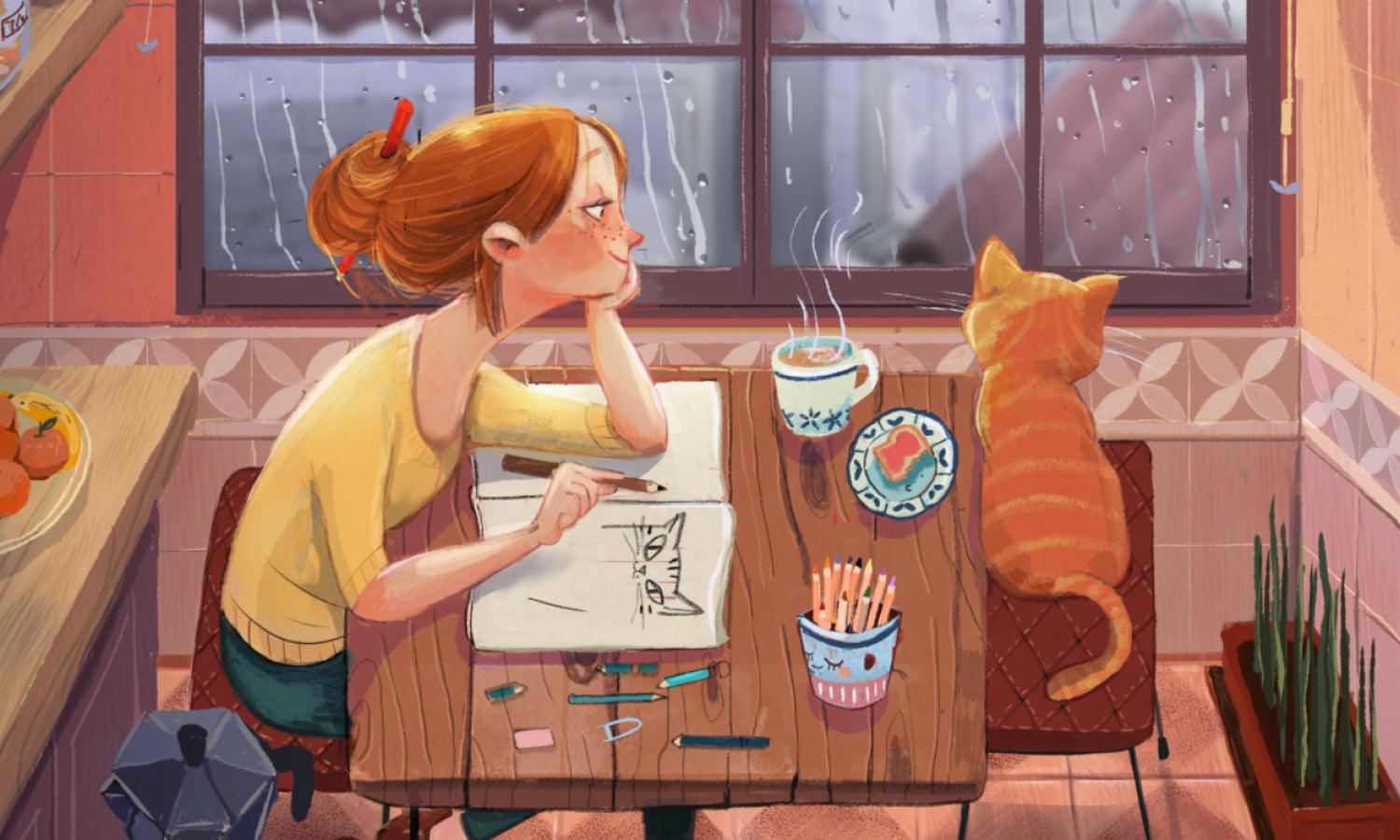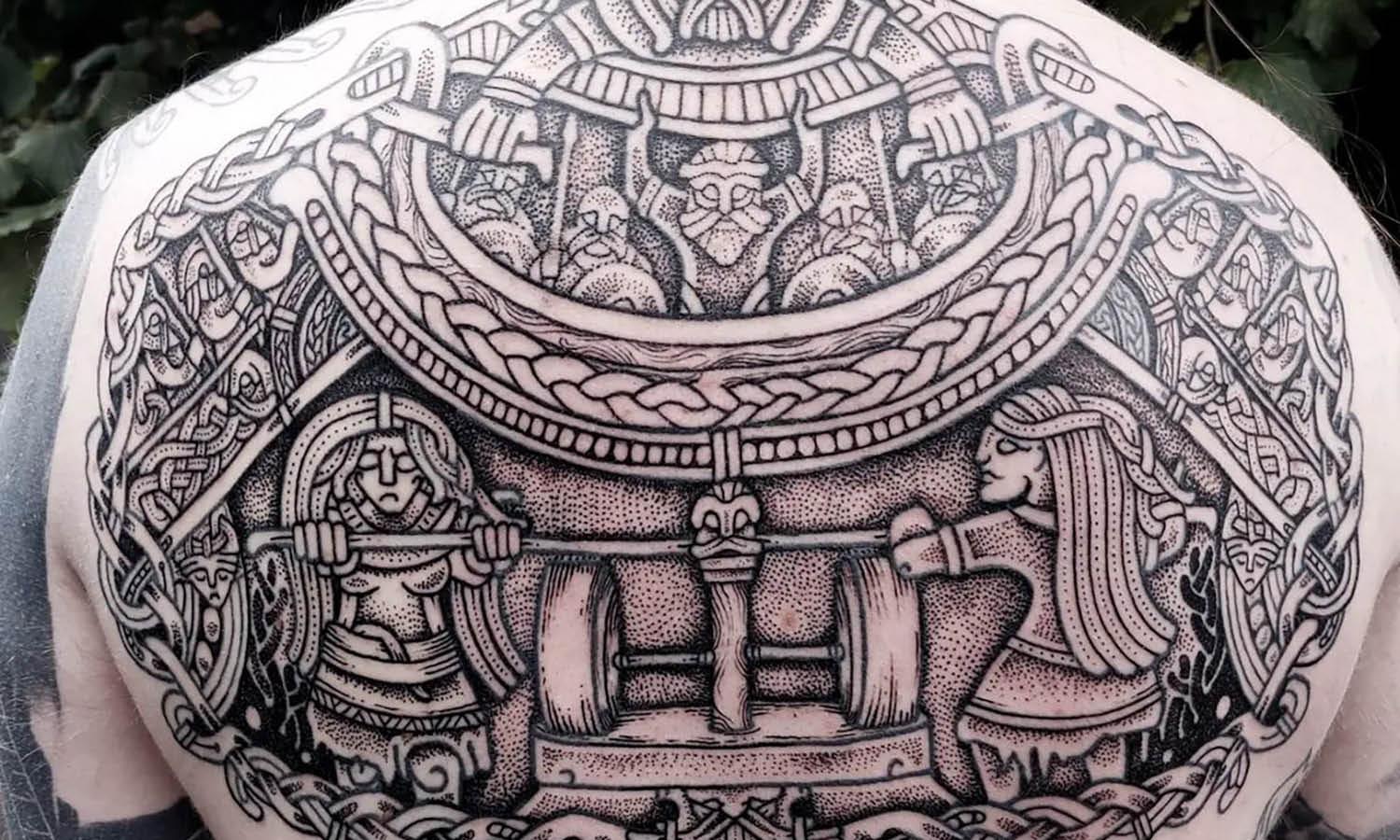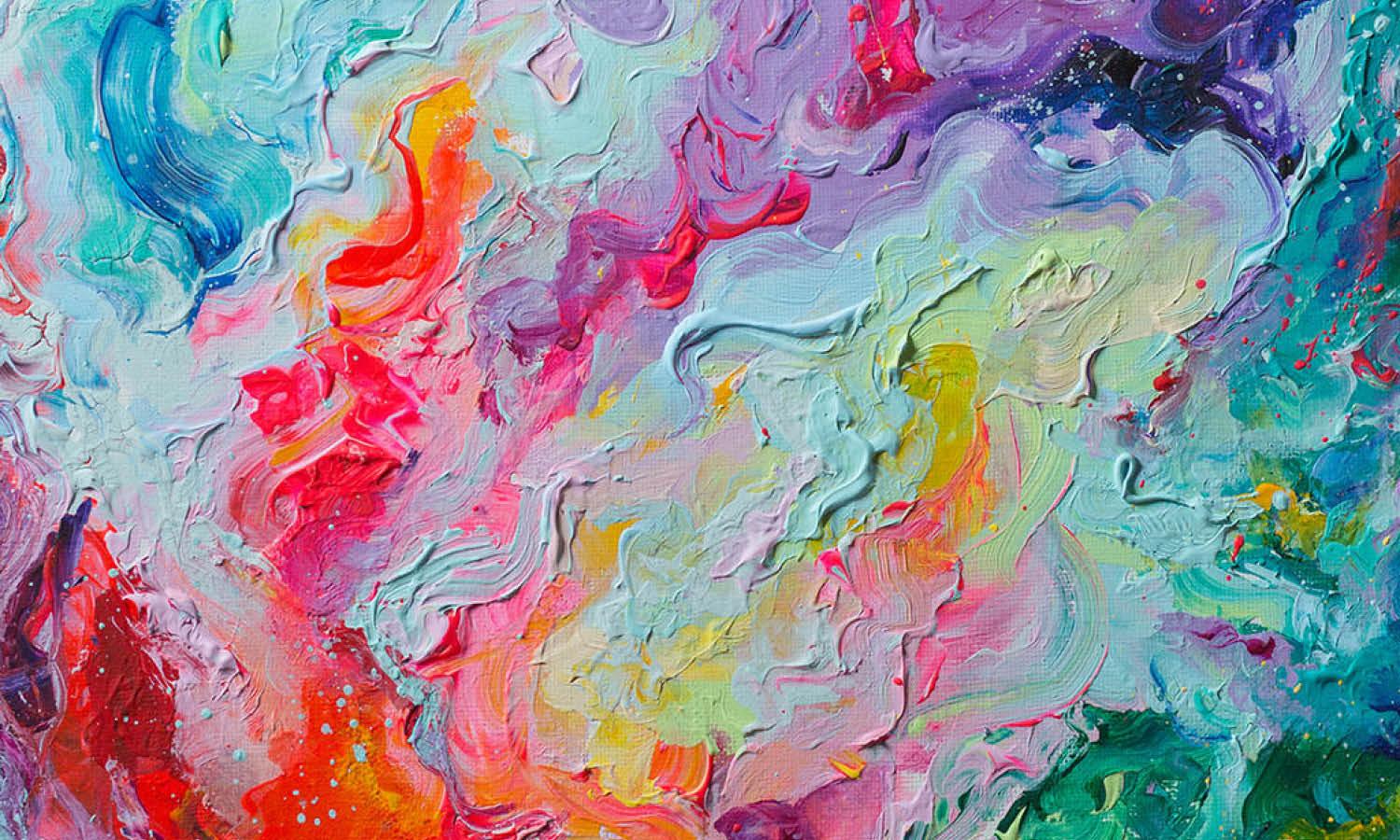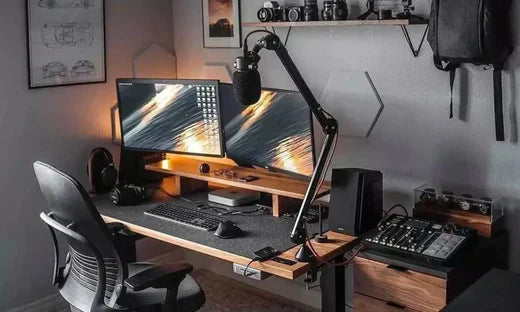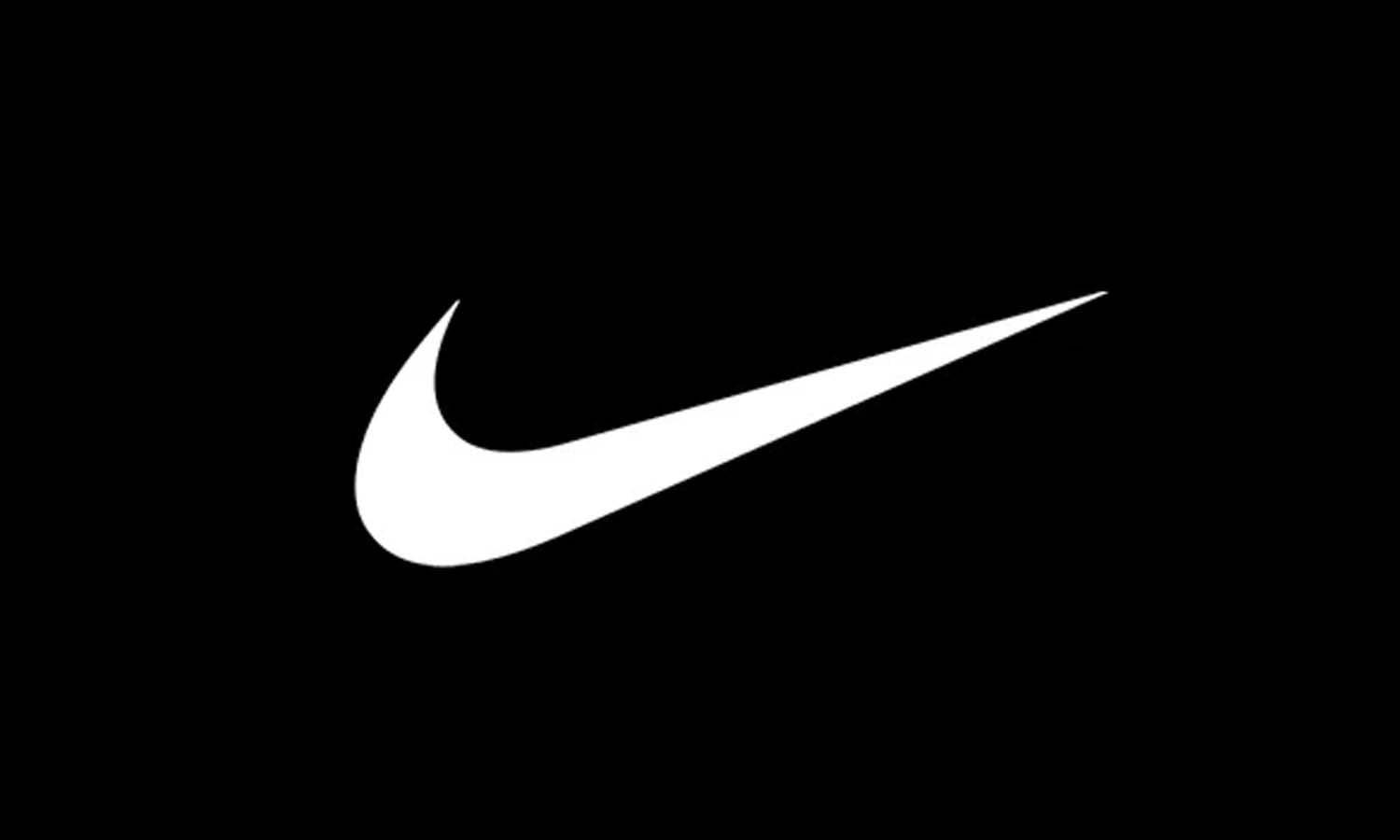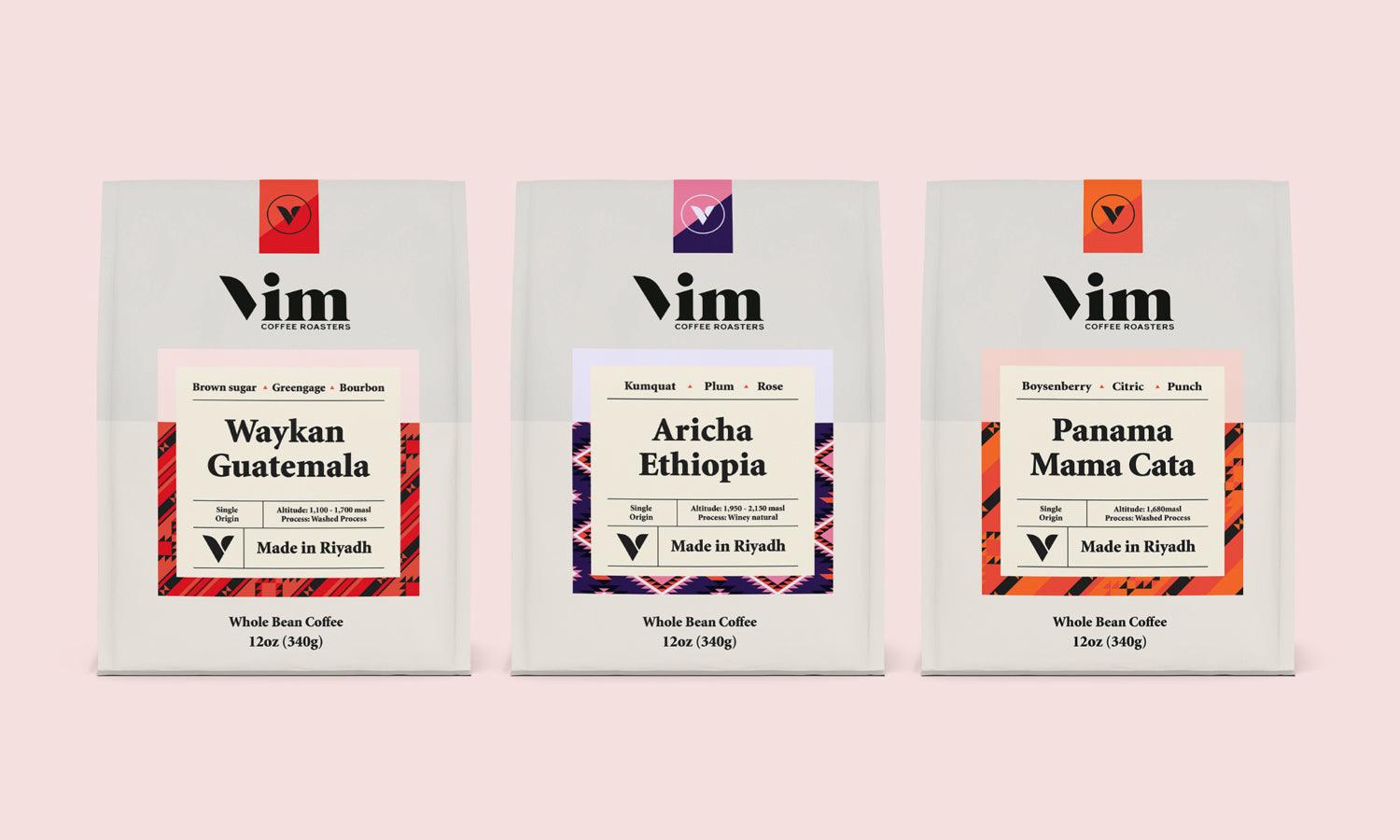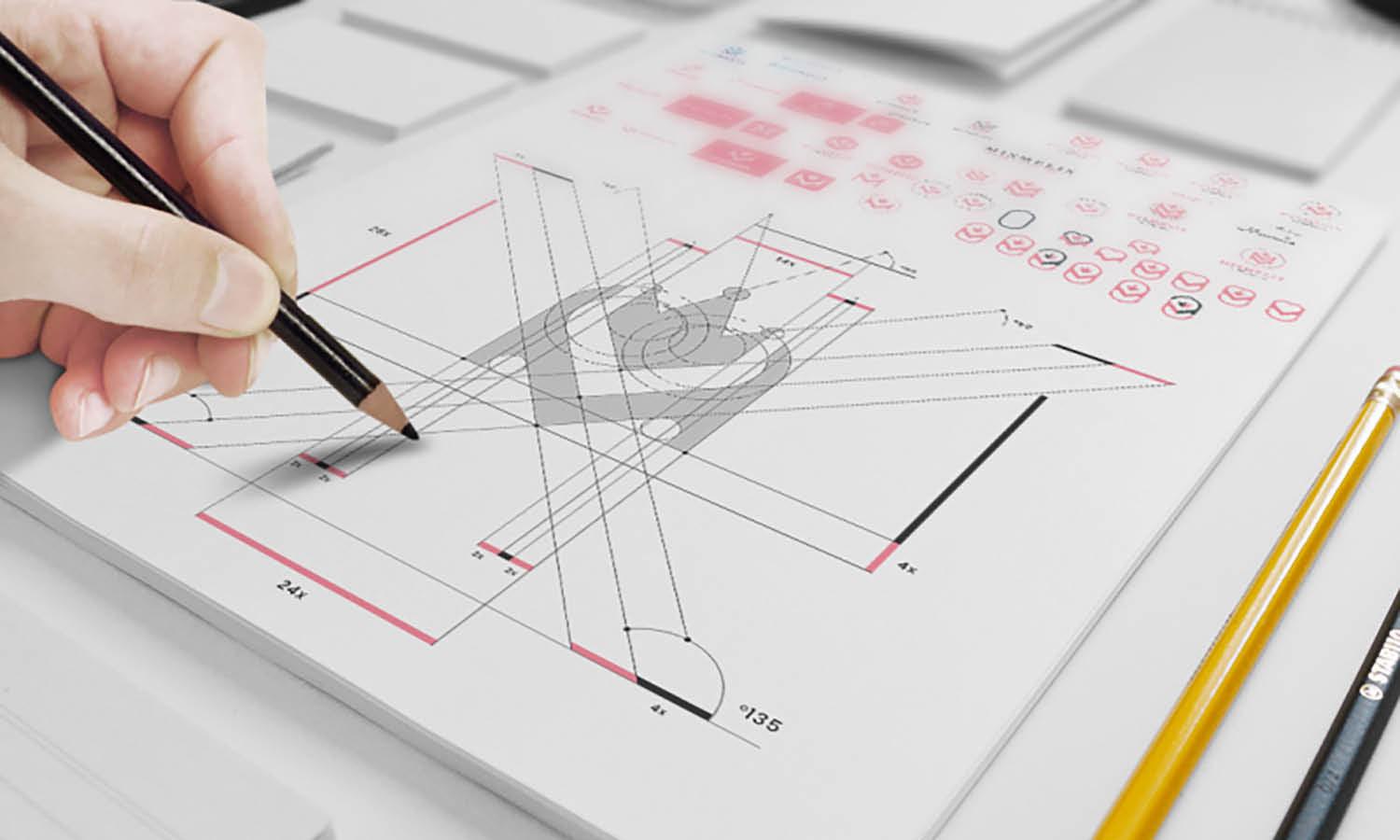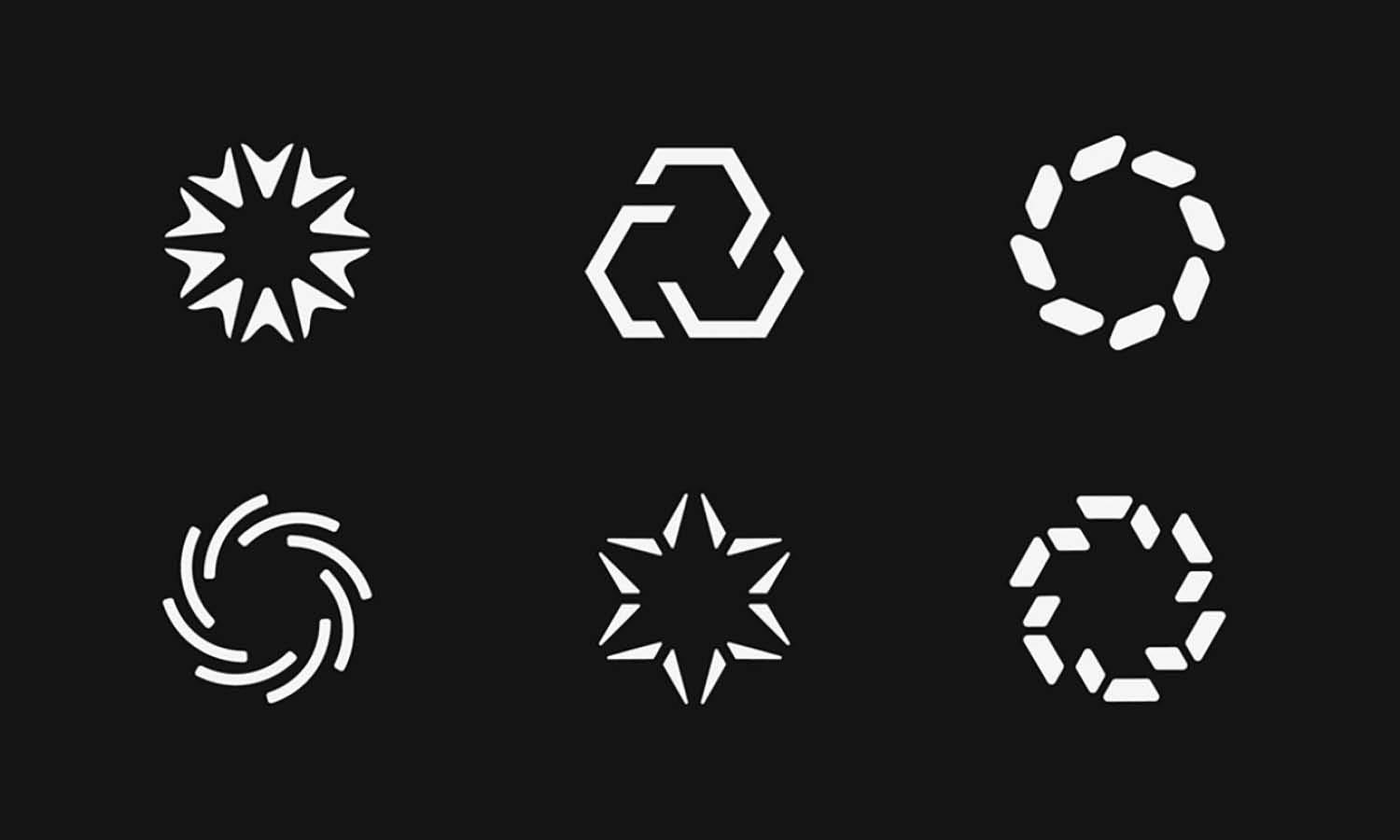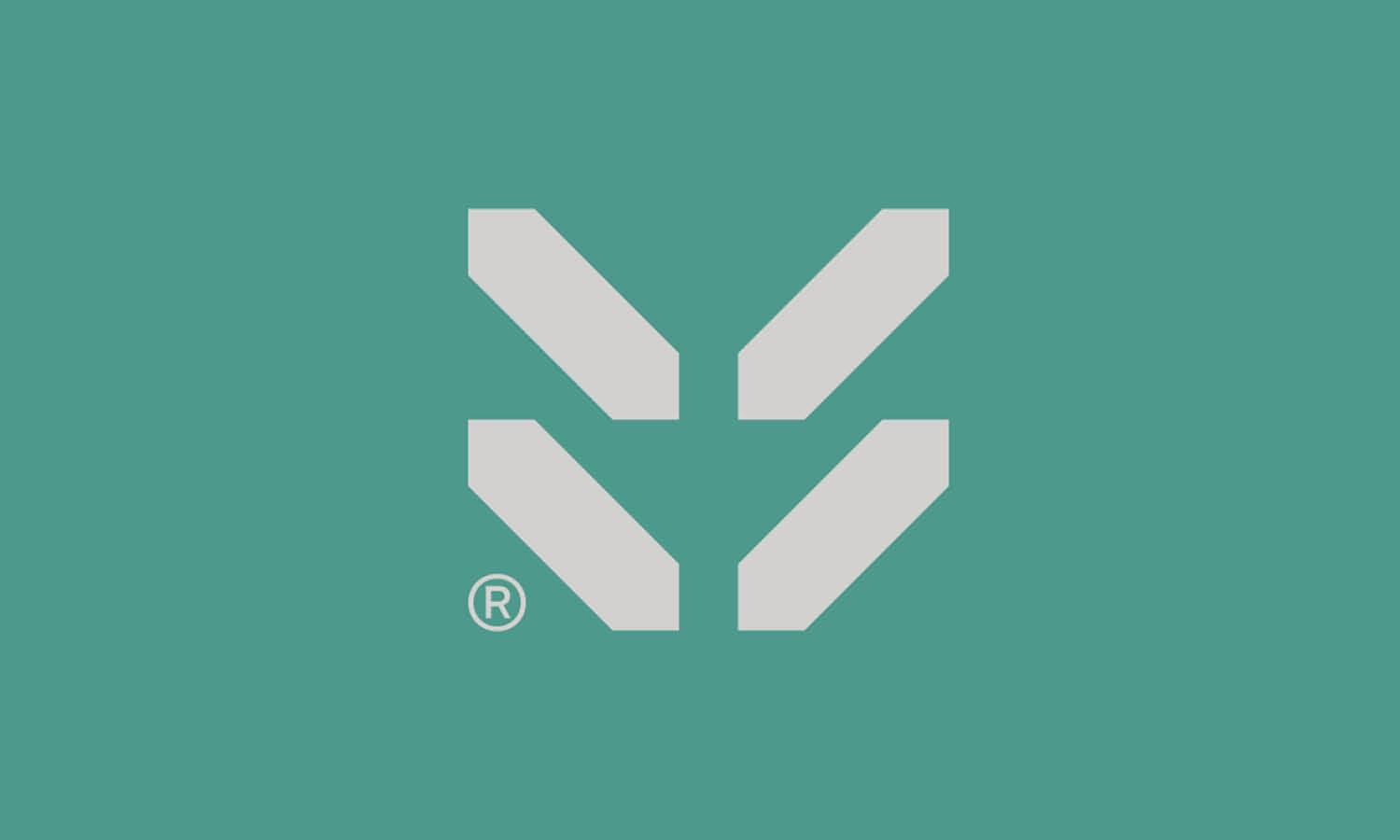How To Design Your Product Packaging To Attract Customers?

What do you notice first when you go out shopping for various products? The packaging, right? It's the packaging with customers interacting at first. Customers judge the products by their packaging, which makes it an essential part of any product. If you are dealing in a retail market, it is a must for you to design product packaging that can help in attracting customers.
In this blog post, we will discover what product packaging is and how you can design it to attract customers.
Let's dig in!
What is Product Packaging?
Product packaging is referred to as a container that holds your product firmly and keeps it safe during transit. Creative product packaging boxes can appealingly present your products. It also serves as a powerful marketing tool. It helps in communicating your brand message, attracting customers, and enhancing shelf appeal. A well-designed packaging can create a memorable unboxing experience and influence purchasing decisions.
So, now when you know what product packaging is, it’s time to learn how you can design creative product packaging for your product.
Things To Consider When Designing Packaging
A well-thought-out packaging design takes time as you have to consider various factors prior including its box style, shape, size, color scheme, and much more. We will guide you through how you can design creative custom boxes to attract customers.
Step 1. Box Style Selection
You need to select the perfect box style that suits your product requirements. Selecting a perfect box style can be hectic. So, we recommend you take the help of experts by contacting the box manufacturers. The box style you choose can depend on various factors, such as which product you want to pack in it, do you want to display it on shelves or ship it, whether it will have any inserts, and more.
By answering all of these questions, it'd be easy for you to select your box style. For example, if you want to ship your product, then the most accurate box style would be a mailer. This style is made to ship products with utmost safety and protection, whereas if you just want to present your luxury product, then using a two-piece rigid box would be perfect for your product.
Step 2. It's Shape
After selecting the box style, you have to select which shape you want to go with, whether it will be a standard rectangular or square box, or something unique, such as hexagon, octagon, circular, triangular, and more. Selecting a shape is as important as selecting its material. It shows you want to present your product. Speaking of material, let's see which materials you can select for your custom boxes.
Step 3. Selection of Material
Selecting material is one of the most important parts of designing a box. For packaging manufacturers, it is one of the most crucial factors as they consider it to be the base of your custom boxes. When it comes to designing custom packaging, there are various materials you can select from, such as cardboard, paperboard, corrugated cardboard, rigid stock, kraft stock, and much more.
Each material comes with its characteristics, and some of them are given below to give you a clear understanding:
Cardboard
Cardboard is lightweight and super easy to work with, which makes it a go-to for all kinds of retail packaging. It gives your product a clean, polished look without overcomplicating things. Plus, it’s great for printing bold colors and branding.
Paperboard
Paperboard is thinner than cardboard but still holds its own when it comes to packaging light products. You’ll often see it used for cosmetics, food, or small retail items. It prints beautifully too, so your packaging can pop on shelves.
Corrugated Cardboard
Corrugated cardboard has that fluted layer in the middle that gives it extra strength. It's made for shipping. Especially when your product needs a little extra protection. Strong, reliable, and recyclable, what’s not to like?
Rigid Stock
Rigid stock is the real deal when you want your packaging to scream premium. It’s thick, durable, and perfect for those luxury items that need to stand out. Not bendy like the others, but that’s part of its charm.
Kraft Stock
Kraft stock brings that earthy, natural vibe. It’s tough, recyclable, and just feels right if you’re all about that eco-friendly look. Great for brands that want to keep things minimal, rustic, or just plain real.
Step 4. Size/Dimensions
You have to select the appropriate size and dimensions for your product box. You can also go for standard sizes offered by various box manufacturers, but if you require a custom size, then you must have to measure your product dimensions. To get the proper dimensions of your product, you have to measure its length, height, and width. By doing this you will be able to have a perfect sized box for your product that can offer a perfect fit.
How To Design Your Product Packaging?
Now that you know what you are required to manufacture a box, it’s time for you to design creative packaging artwork.
To design creative product packaging, you are required to work with various tools and color schemes. Here is a step-by-step guide for designing product packaging
1. Define Your Brand Style
Before you dive into the creative side of packaging design. It’s important to define your brand style. For example, in the candle market, custom candle boxes do more than protect the product—they shape the customer’s overall experience. They must capture the mood each candle is meant to create. Calming aromatherapy blends may call for soft colors and minimalist fonts, while festive scents might benefit from bold, vibrant designs. Your packaging should reflect your brand identity and values. Whether your brand is modern, minimalist, playful, or luxurious, the design should be consistent across all your products. You might have to think about the tone you want to convey to your customers. Your logo, typography, and design elements should match your brand’s personality. Once you have a clear understanding of your brand style, it will be easier to make design choices that align with your brand’s overall image.
2. Select a Color Palette
Color is one of the most powerful tools in design. Choosing the right color palette for your custom boxes can evoke specific emotions and attract the right audience. Start by considering the psychology of color. For example, red can grab attention and stimulate energy, while blue often conveys trust and reliability. Select 2-3 primary colors that complement each other and represent your brand effectively. Avoid using too many colors, as it could create confusion. Also, remember that colors should be consistent with your brand identity and fit within the context of your target market.
3. Add Key Design Elements
Once your color palette is in place, it’s time to add key design elements. These could include your brand name, tagline, product description, and any other relevant imagery. These elements should be easy to read and strategically placed on the packaging to grab attention.
You have to use fonts that are clear and readable, avoiding overly decorative styles that could make the text difficult to read. Additionally, consider using custom illustrations or graphics that enhance your brand story and provide a unique visual experience for your customers.
4. Use Design Software & Template
When it comes to turning your ideas into reality, you will need the right tools. Packaging design software like Adobe Illustrator or Photoshop can help you create high-quality designs. Alternatively, using packaging design templates can streamline the process if you are looking for something more efficient. Many packaging manufacturers offer templates that fit standard box sizes and shapes. These templates can serve as a starting point, allowing you to add your unique branding elements. Be sure to ensure that your design fits within the dimensions of the packaging before finalizing it.
5. Consider Finishing Options
The finishing touches can make a huge difference in how your packaging looks and feels. Options like matte or glossy finishes, embossing, foil stamping, or spot UV coating can elevate the look of your packaging. These finishing techniques can add texture, shine, and a sense of luxury, making your product stand out even more. Keep in mind that the finish should align with your product positioning. A luxury item may benefit from premium finishes like foil stamping, while a more affordable item may look best with a simple matte finish.
6. Review and Test Your Design
Before going into production, always take time to review and test your design. Step back and look at it from the perspective of a potential customer. Does it stand out on the shelf? Is it clear and easy to understand? If possible, print out a prototype and see how the design looks in real life. It is also helpful to test the packaging’s durability and usability. This helps ensure that your packaging protects your product properly and is functional in terms of ease of use.
7. Get Feedback
Once your design is ready, getting feedback from others is essential. Show your packaging design to colleagues, friends, or even potential customers and ask for their honest opinions. Ask if the design effectively communicates your brand message, if it’s visually appealing, and if they’d be interested in purchasing the product based on the packaging alone. Feedback from multiple sources can help you identify any areas that need improvement. A fresh set of eyes might notice things you missed, so take their feedback seriously and make necessary revisions before proceeding.
Conclusion
Designing product packaging that attracts customers involves a strategic balance of creativity and practicality. By defining your brand style, selecting the right colors, incorporating key design elements, and considering finishing options, you can create packaging that stands out. Testing and feedback are also vital steps to ensure that your packaging not only looks good but also functions well and resonates with your audience. When done right, great packaging can elevate your brand, drive sales, and create lasting customer impressions.


